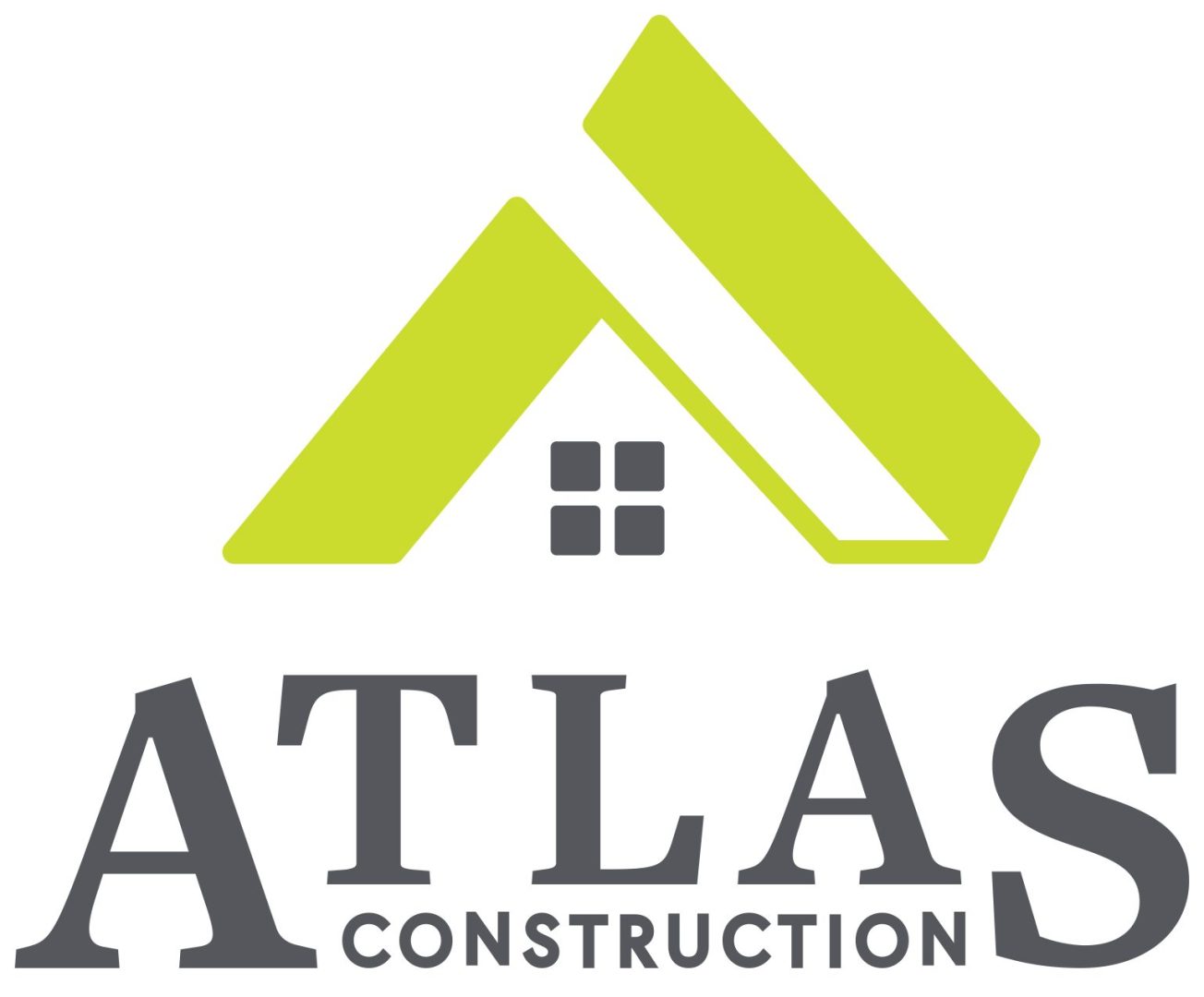Building Design + Construction’s conducted its annual Top Products report and the year’s top structural products are in. The top-ranked products include Simpson Strong-Tie’s Fabric-Reinforced Cementitious Matrix, Owens Corning Thermafiber, and Icynene’s Classic Ultra.
1. Fabric-Reinforced Cementitious Matrix – Simpson Strong-Tie
Simpson Strong-Tie’s FRCM is an easy to apply structural layer that can be used to repair or protect damaged concrete and building material. It doesn’t add weight to the structure itself and greatly reduces installation costs. “FRCM provides a low-impact, low-weight alternative to traditional concrete strengthening and retrofit methods. Many times, it is the most economical strengthening solution available, given its reduced preparation and installation time,” according to Strong-Tie’s website.
2. Foam-Lok 2000-4G – Lapolla
The Foam-Lok 2000-4G incorporates Honeywell’s next-generation blowing agent in a closed-cell spray foam insulation system. This allows for reduced environmental damage, better insulation, and an improved yield. Lapolla’s cutting-edge product offers a lower core temperature, a more user-friendly application, and saves you money in the long-run.
3. Plenum Barrier – Rockfon
Rockfon’s Plenum Barrier is a noise blocking panel built to ensure sound isolation and more privacy between rooms in commercial structures. The Plenum Barrier can be quickly installed over most walls and inside ceilings. It is a great choice for jobs that require high sound isolation without having to use bulkheads and full-height walls.
4. Duramax ICF – Nudura
The Nudura Duramax comes in at eight feet long and 18 inches high, making it the largest insulated concrete form available. This makes it easy for contractors to place large areas of wall quickly and effectively. The Duramax can be shipped flat, with a fastening strip that locks the forms into place once unfolded at the worksite.
5. Silent FX Quickcut – Certainteed
Certainteed’s sound-reducing dry-wall comes equipped with a viscoelastic polymer between two dense gypsum cores, which improves its noise reduction. The Silent FX Quickcut lives up to its name with a built-in score and snap design made for fast installation. This dry-wall is made for use on interior walls and ceilings in commercial, residential, and institutional structures. Certainteed’s M2Tech also ensures protection against moisture and mold.
6. Thermafiber – Owens Corning
Owens Corning’s Thermafiber is designed and made with an emphasis on safety and fire protection. Its mineral wool insulation is used for commercial, residential, and industrial structures and can resist fires and temperatures up to 2,000˚ F. Thermafiber also provides building owners with liability protection in the events of an act of terrorism on their structure.
7. Quiet-Tech – CarpetCycle
Quiet-Tech is CarpetCycle’s acoustic batt insulation built of 85-90% post-consumer recycled materials. It is UL Greenguard Gold Certified, Class A Fire rated, and does not contain any form of toxic inhalant or Red List-banned chemical. Quiet-Tech is designed as a thermal insulator for the interior walls and partitions of any structure.
8. MultiFix – Rockwool
This stone wool insulation board has a glass fiber coating that allows for flat roofing application. It reduces the number of layers needed for low-slope roof assemblies. The Rockwool effectively regulates the temperature of thermal insulation and provides strong point load resistance.
9. Greenguard XPS – Kingspan
Greenguard XPS offers extruded polystyrene insulation board, air barrier building wraps and accessories such as flashing. Its R-value of 5.0 per inch of thickness makes it perfect for jobs that require below the slab, along foundation, inside basement walls, and exterior insulation application. It can also be used as general purpose insulation for roofing, wall, and foundation jobs.
10.vClassic ultra – Icynene
The Classic Ultra offers top of the line cohesion, a gold green guard certification, and an R-value of 3.7 per 1”. It can be sprayed in a wide temperature range and ensures a consistent foam during spraying. It is a cost-effective product that enhances cohesion properties by up to 90%.
11. Concrete Subfloor Panels – USG
USG’s concrete subfloor panels can carry a total load of 330 psf. When used over a steel frame and covered with carpet and pad, these subfloor panels can achieve a 56 STC sound performance rating. They are non-combustible and offer one- and two-hour fire-rated assemblies. These concrete subfloor panels are built to last; they will not warp and can be installed quickly and easily.











